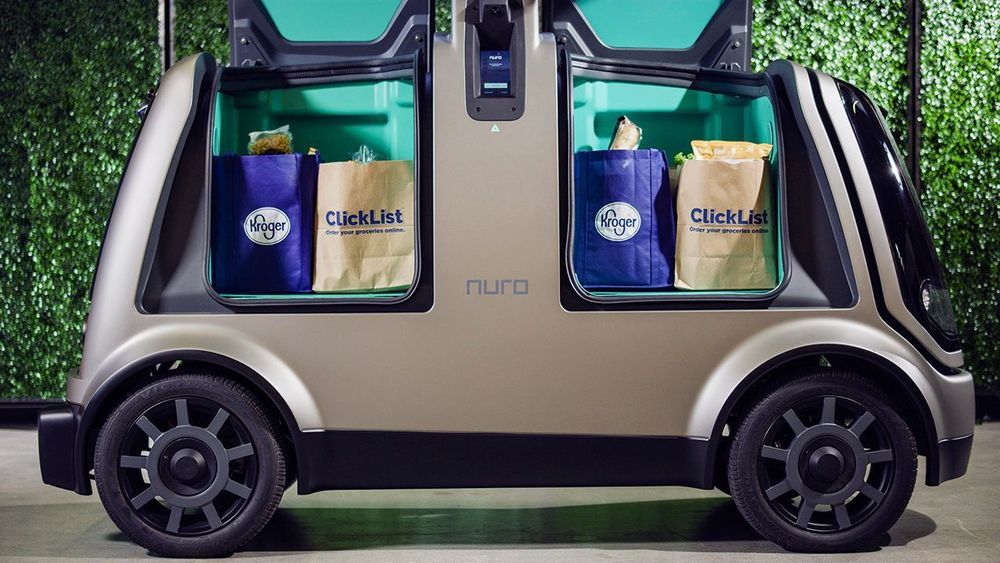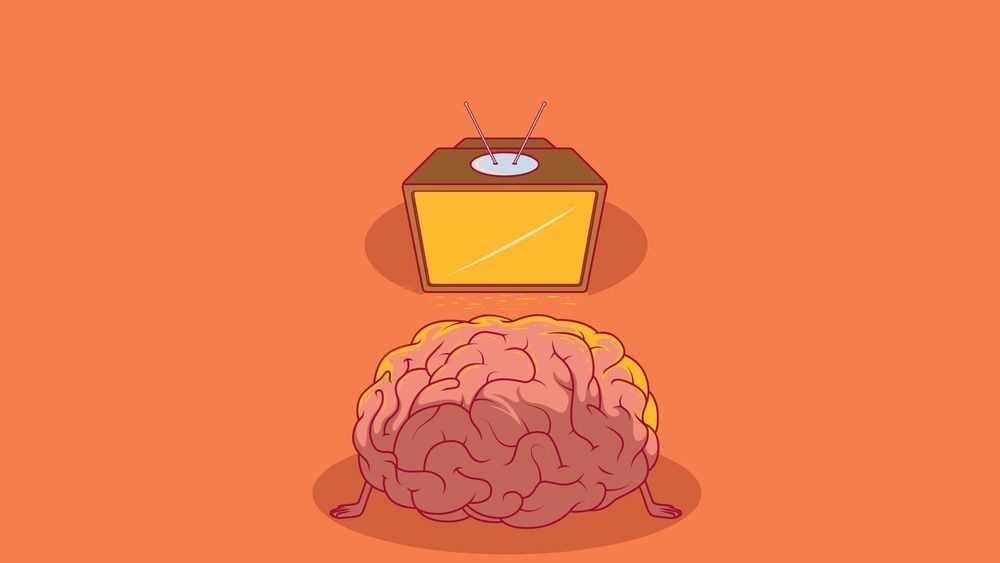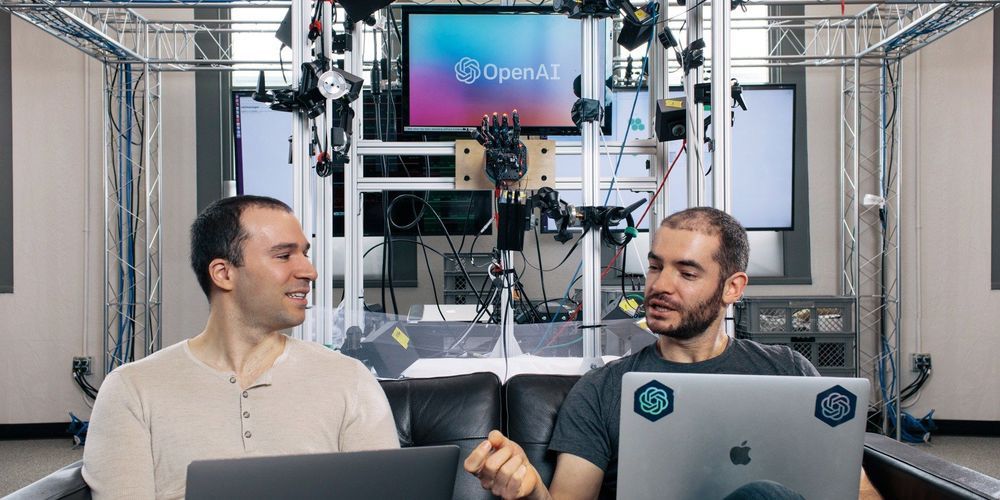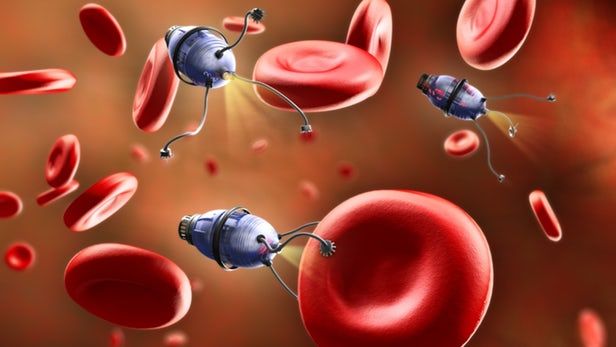First, there came self-checkout.
Now, it’s self-driving cars to make the delivery.
Two Kroger markets in Houston are rolling out a self-driving car program, in which orders can be placed online and delivered right to your home without a driver.

First, there came self-checkout.
Now, it’s self-driving cars to make the delivery.
Two Kroger markets in Houston are rolling out a self-driving car program, in which orders can be placed online and delivered right to your home without a driver.



It was 100 times faster on a routine task.
In a recent study, LawGeex, a legal tech startup, challenged a group of 20 experienced lawyers to test their skills and knowledge against its AI-powered algorithm.
A legal battle
The group included associates and inhouse lawyers from global firms such as Goldman Sachs, Cisco and Alston & Bird, as well as general counsel and sole practitioners.

Bitnation is growing up.
🔥 🔥 🔥 NEW RELEASE: #BITNATION JURISDICTION v. 1.4.0 for Android and iOS 🤩 🥳 🥰
The 1.4.0 release has been a crazy road! After the 1.3.4 release, we thought “this app somehow does not say: ”I’m a virtual nation” or ”I’m a blockchain jurisdiction”, but rather we thought it looked more like a confused web3 app which didn’t really know its purpose.
Hence we went back to the drawing board, to put the governance functions in the very center of the user experience. The result is 3 bottom menu main categories, including TOWNHALL, NATIONS and the brand new GOVMARKET. All other functions moved to a new side menu.
Weird-looking robots are the best robots.

If machines become truly intelligent or sentient, an ethicist at Victoria University Wellington named Nicholas Agar is sharing a dire warning: future machines may want payback for how we treat their insentient ancestors today.
Should robots ever become sentient, they may be pissed at how much we insult Alexa today.

Cognitive computing (CC) technology revolves around making computers adept at mimicking the processes of the human brain, which is basically making them more intelligent. Even though the phrase cognitive computing is used synonymously with AI, the term is closely associated with IBM’s cognitive computer system, Watson. IBM Watson is a supercomputer that leverages AI-based disruptive technologies like machine learning (ML), real-time analysis, natural language processing, etc. to augment decision making and deliver superior outcomes.

On Monday, OpenAI’s leaders said that a paltry $1 billion wouldn’t be enough to compete with the well-resourced AI labs at companies such as Google and Facebook after all. They announced the new investment vehicle, a company called OpenAI LP, as a way to raise extra money for the computing power and people needed to steer the destiny of AI. Musk left the board of OpenAI last February and is not formally involved in OpenAI LP.
OpenAI, the independent research lab cofounded by Elon Musk, created a for-profit arm to attract more funding to hire researchers and run computers.

There’s a good chance that in the future, microscopic robots could be swimming and crawling their way through our bodies to deliver drugs or fight infections. While some of these have been capable of manipulating individual cells, researchers at the University of Toronto have developed a new way to get nano-scale probes inside cells, and precisely control them once they’re in there.